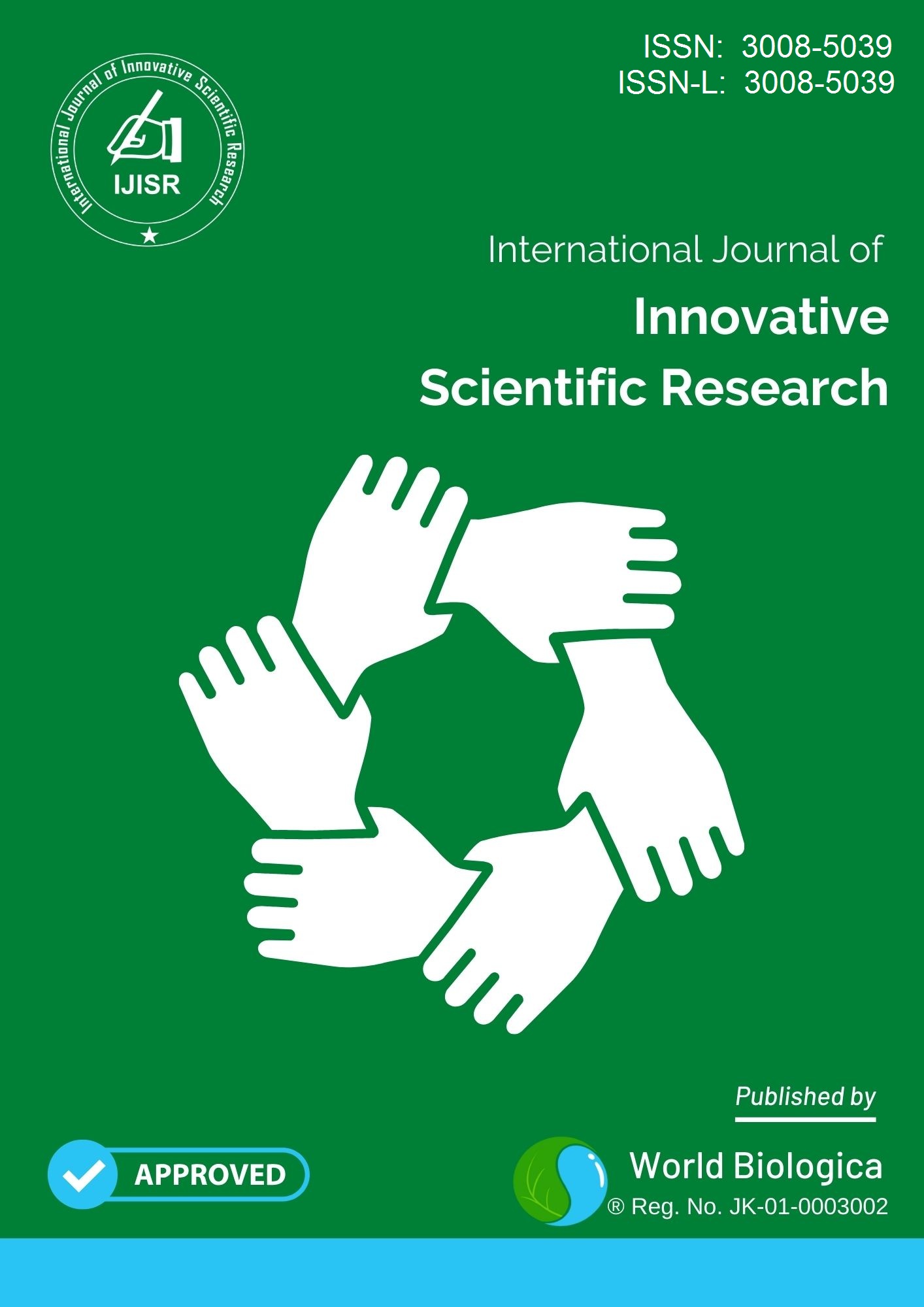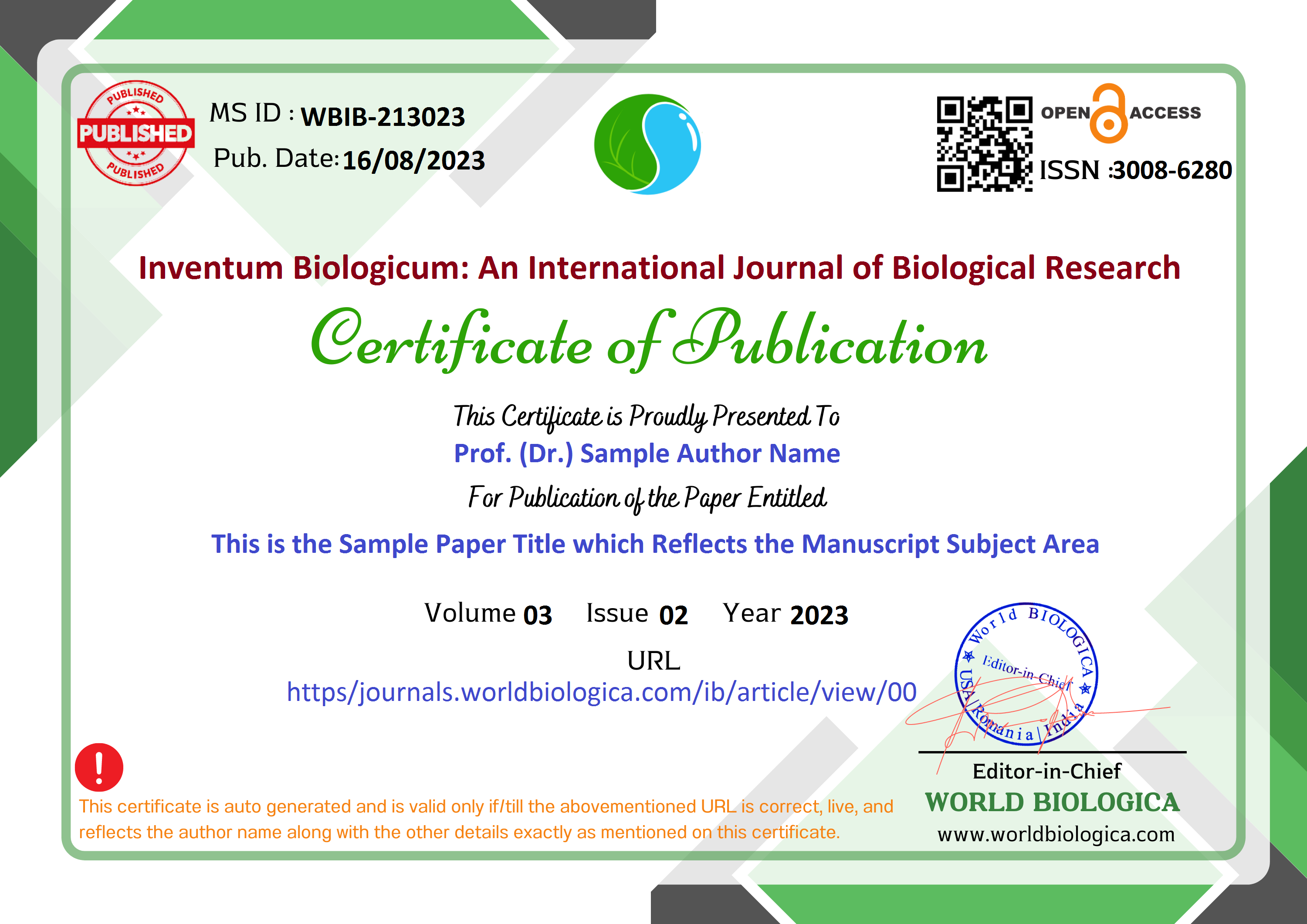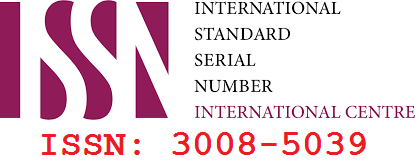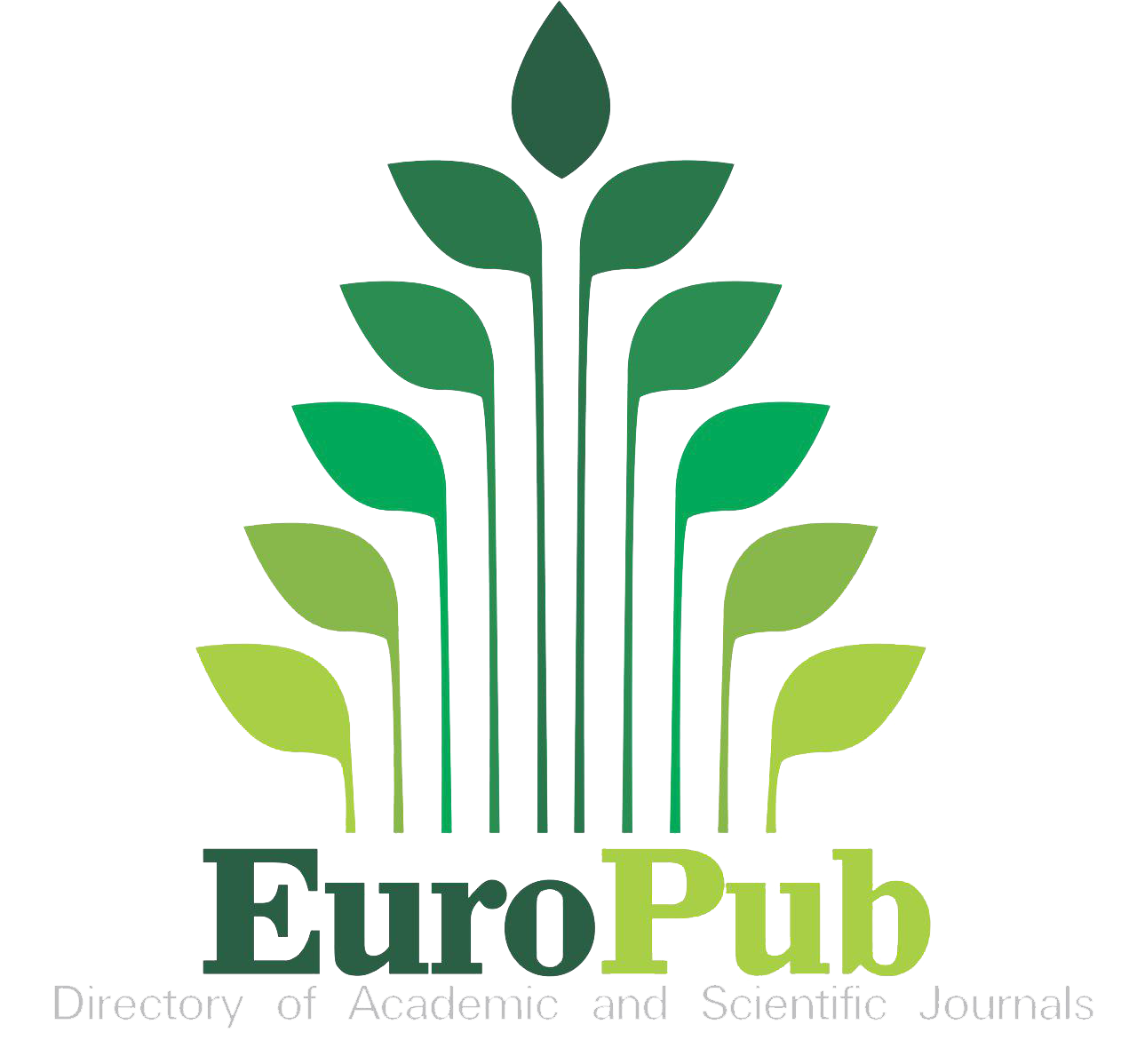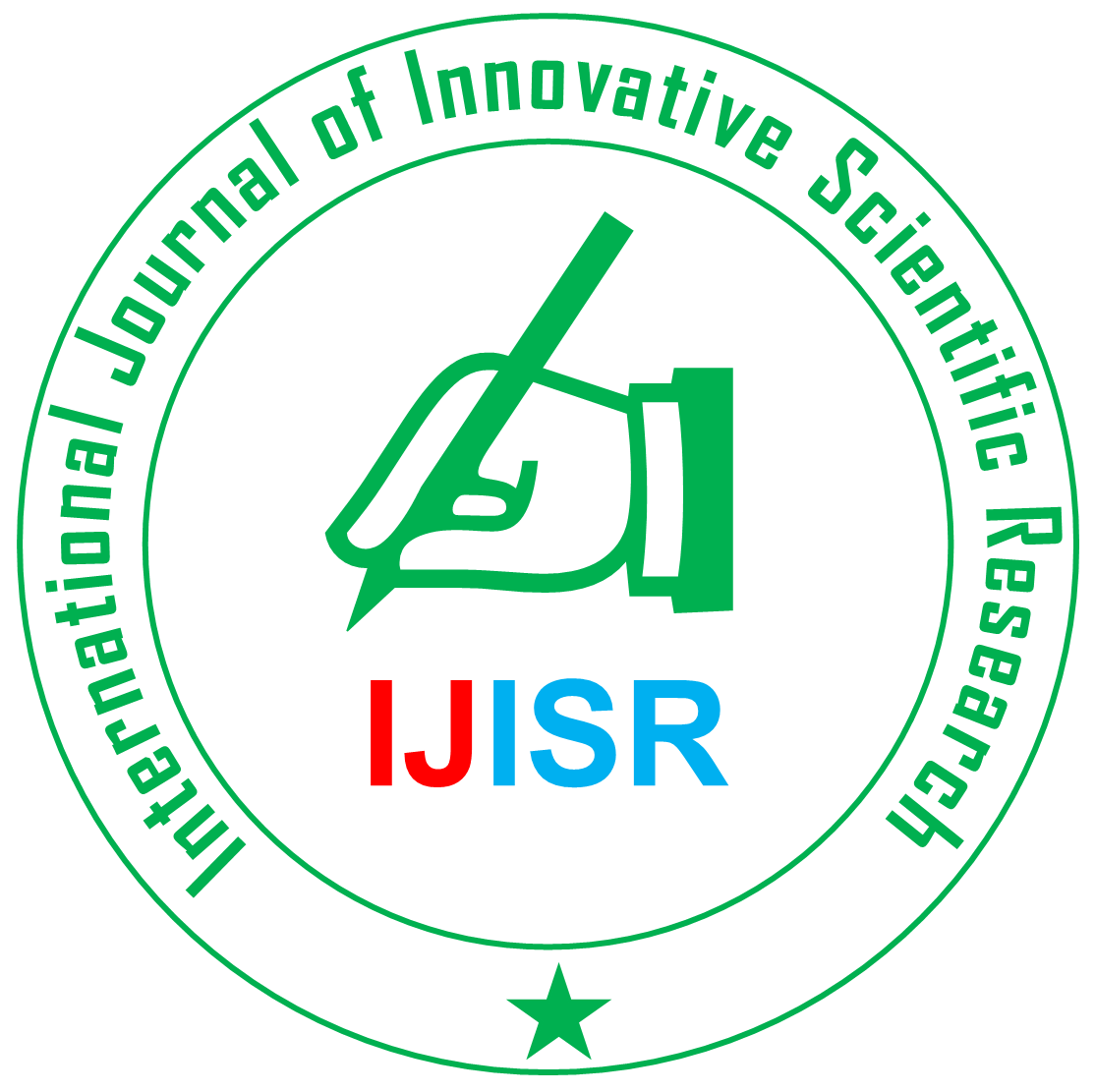Fostering Creativity in Education
Keywords:
Creativity, Experimentation, Mental, Well-being, Reformation, Curriculum, Emotional Intelligence, Self-expressionAbstract
Creativity is one of the vital life skills which unlocks new avenue to self-express. The classroom is the perfect place where students spend more hours to learn and grow. A creative ambience motivates the students to learn through experimentation, use their imagination and to think critically in developing their own theories, ideas and set them in motion. Teachers are the major asset of an institution who can help the students nurture and cultivate their creative capacity. Creativity is possible by bringing reformation in curriculum, by incorporating creative activities into lesson plans, promoting brainstorming sessions, group projects and hands on learning experiences to explore students’ interests and passion by encouraging its continuous development. Fostering creativity is a major challenge for the teachers and it is crucial for personal and professional development of students which promotes emotional intelligence, self-expression and mental well-being.
Downloads
References
Amabile, T. M. (1996). Creativity in context: Update to the social psychology of creativity. Westview Press.
Avila, H. A. (2015). Creativity in the English class: Activities to promote EFL learning. HOW, 22(2), 91-103.
Brown, T. (2008). Design thinking. Harvard Business Review, 86(6), 84-92.
Beghetto, R. A., & Kaufman, J. C. (2014). Classroom contexts for creativity. High Ability Studies, 25(1), 53–69.
Csikszentmihalyi, M. (1996). Creativity: Flow and the psychology of discovery and invention. New York, NY: HarperCollins.
Craft, A. (2003). The limits to creativity in education: Dilemmas for the educator. Br. J. Educ. Stud, 51, 113–127. [Google Scholar] [CrossRef]
Craft, A. (2005). Creativity in schools: Tensions and dilemmas. Routledge.
Cropley, A. J. (2006). In praise of convergent thinking. Creativity Research Journal, 18(3), 391–404.
Craft, A. (2011). Creativity and education futures: Learning in a digital age. Trentham Books.
Craft, A. (2013). Childhood in a digital age: Creative challenges for educational futures. Routledge.
Deci, E. L., & Ryan, R. M. (1985). Intrinsic motivation and self-determination in human behavior. Springer.
Harding, T. (2010). Fostering creativity for leadership and leading change. Arts Education Policy Review, 111(2), 51-53. http://dx.doi.org/10.1080/10632910903455827
Kim, L. (2011). Standardized testing and its victims. Rethinking Schools, 25(3), 24–27.
Kim, K. H. (2011). The creativity crisis: The decrease in creative thinking scores on the Torrance Tests of Creative Thinking. Creativity Research Journal, 23(4), 285-295.
Lage, M. J., Platt, G. J., & Treglia, M. (2000). Inverting the classroom: A gateway to creating an inclusive learning environment. The Journal of Economic Education, 31(1), 30-43.
Plucker, J. A., Beghetto, R. A., & Dow, G. T. (2004). Why isn't creativity more important to educational psychologists? Potentials, pitfalls, and future directions in creativity research. Educational Psychologist, 39(2), 83–96.
Pedaste, M., Mäeots, M., Siiman, L. A., de Jong, T., van Riesen, S. A., Kamp, E. T., ... & Tsourlidaki, E. (2015). Phases of inquiry-based learning: Definitions and the inquiry cycle. Educational Research Review, 14, 47-61.
Paromita Roy. (May, 16 2016). Gifted education in India retrieved from https://www.tandfonline.com/doi/full/10.1080/2331186X.2017.1332815
Priya Chetty, Creativity in education system. Retrieved from www.projectguru.in
Robinson, K. (2009). The element: How finding your passion changes everything. Penguin Books.
Root-Bernstein, R., & Root-Bernstein, M. (2013). Sparks of genius: The thirteen thinking tools of the world's most creative people. Houghton Mi
Runco, M. A., & Jaeger, G. J. (2012). The standard definition of creativity. Creativity Research Journal, 24(1), 92-96.
Runco, M. A. (2014). Creativity: theories and themes: Research, development, and practice. Academic Press.
Savery, J. R., & Duffy, T. M. (1995). Problem-based learning: An instructional model and its constructivist framework. Educational Technology, 35(5), 31-38.
Sternberg, R. J., & Lubart, T. I. (1999). The concept of creativity: Prospects and paradigms. Handbook of creativity, 1, 3-15.
Sawyer, R. K. (2012). Explaining creativity: The science of human innovation (2nd ed.). Oxford University Press.
Thomas, J. W. (2000). A review of research on project-based learning. Retrieved from http://www.bobpearlman.org/BestPractices/PBL_Research.pdf
Windebank, F. 2020. Why creative education is important. [Online]. In R: Ed. Available at: https://rightforeducation.org/2020/05/04/creative-education/.[Accessed on 21 March 2023]
https://drexel.edu/soe/resources/teacher-resources/inspire-creativity-in-the-classroom/
Downloads
-
Download PDF
 Abstract Views: 55,
Abstract Views: 55,  Download PDF: 42
Download PDF: 42
Published
How to Cite
Issue
Section
License
Copyright (c) 2024 International Journal of Innovative Scientific Research

This work is licensed under a Creative Commons Attribution-ShareAlike 4.0 International License.


